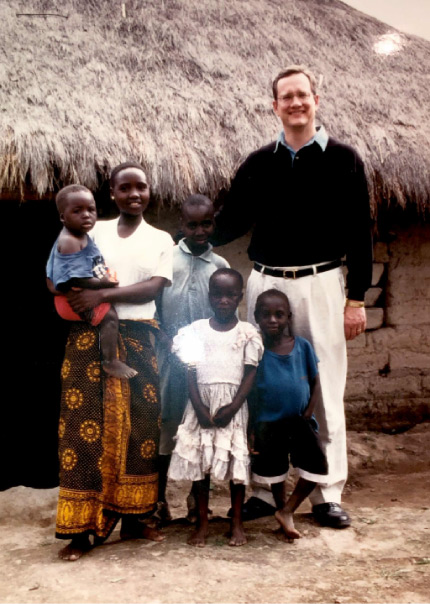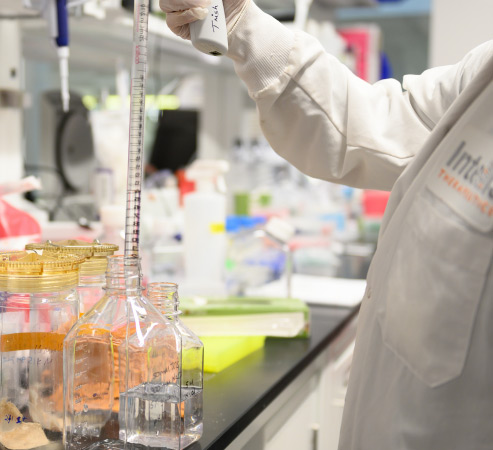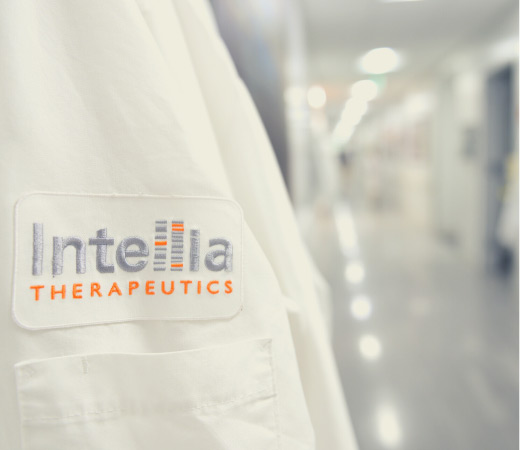Treatment Availability Mismatch
Where were all their parents? The year was 2000, and I was part of an advance crew scouring different parts of Africa in search of regions where we could – realistically – make Abbott’s HIV treatments readily available. I will never forget how village elders were left to care for their grandchildren. These kids’ parents, a whole generation of middle-aged adults, had died from HIV/AIDS.
 During my time as Global Head of Pharmaceutical R&D at Abbott, our HIV protease inhibitors were the difference between life or a death sentence. But, there was a striking mismatch in treatment availability in the developing world, compared to the U.S. and Europe. My team was in Africa to identify countries that could make this access possible. We were looking for places that would tackle the daunting health care infrastructure issues facing the continent.
During my time as Global Head of Pharmaceutical R&D at Abbott, our HIV protease inhibitors were the difference between life or a death sentence. But, there was a striking mismatch in treatment availability in the developing world, compared to the U.S. and Europe. My team was in Africa to identify countries that could make this access possible. We were looking for places that would tackle the daunting health care infrastructure issues facing the continent.
Our work in Africa with HIV was one of the first examples where the global medical community tried to overcome those hurdles in a meaningful and substantial way. Solving for these issues did not happen overnight. Many years later, we’re still seeing massive gaps in health care in the same places we were fighting to knock down those barriers during the HIV/AIDS crisis.
Now, I find myself, as the CEO of Intellia Therapeutics, leading a team of people who are working tirelessly to make therapies using the genome editing technology, CRISPR/Cas9, to treat and potentially cure life-threatening and impairing diseases.
CRISPR has been called the biotech discovery of the century. One of our co-founders, inventor of CRISPR/Cas9 and recently awarded Nobel Laureate Jennifer Doudna, said, “We may be nearing the beginning of the end of genetic diseases.” With this in mind, I take our responsibility very seriously to ensure that this amazing and powerful innovation reaches every person suffering from a rare, genetic disease or cancer, no matter where they live.

CRISPR/Cas9 and Sickle Cell Disease
SCD is one of the first genetic diseases everybody learns about in medical school. Scientists understand all aspects of this disease and what it does to the blood. Sickle cell affects millions of people throughout the world and disproportionately people of African descent.
When I started practicing medicine in East Baltimore, SCD was commonplace. However, we couldn’t do anything to treat it other than provide pain relief and make sure patients were well-hydrated, until the next time they’d come back.
There have been major improvements in SCD therapies over the years. We’ve seen tangible advances in how drug developers use the underlying genetic function of the disease as a gateway to treatment. Now, not only do we know everything about SCD, but the scientific community also knows how to address it. The challenge has become how to make it happen.
Today’s approach involves highly invasive treatment. Patients can receive a bone marrow transplant, and there even have been a few instances of cures. The first generation of gene and genome editing therapies, including Intellia’s prior work, address SCD directly, by engineering cells outside the body to increase levels of fetal hemoglobin once re-infused to patients. The problem with these ex vivo therapies is that the technology is expensive and burdensome on both health care systems and patients. Access to palliative treatments for SCD has been extremely limited because it requires specialized health care providers and facilities, often not available in many communities or even regions. So, in my judgment, the number of patients who may have access to these newer gene-based treatments is going to be further limited, and in some rural areas in the developing world, where SCD is the most prevalent, nonexistent.

We believe many of the barriers with today’s SCD therapies will fall away if we can figure out how to make a non-invasive intravenous genome editing therapy that’s potentially safer, more affordable and mobile – and therefore, scalable for a global patient population. The Bill & Melinda Gates Foundation funding we announced this week will give our scientists the resources to start this mission with our proprietary non-viral delivery systems, making a true SCD cure within reach to patients in places where the infrastructure just isn’t there.
My journey has come full circle: I find myself again leading a team of people to change the world with an amazing technology, racing to make medicines. While SCD and HIV are vastly different, the goal is the same, easing the suffering of families who deserve their chance at a cure.


